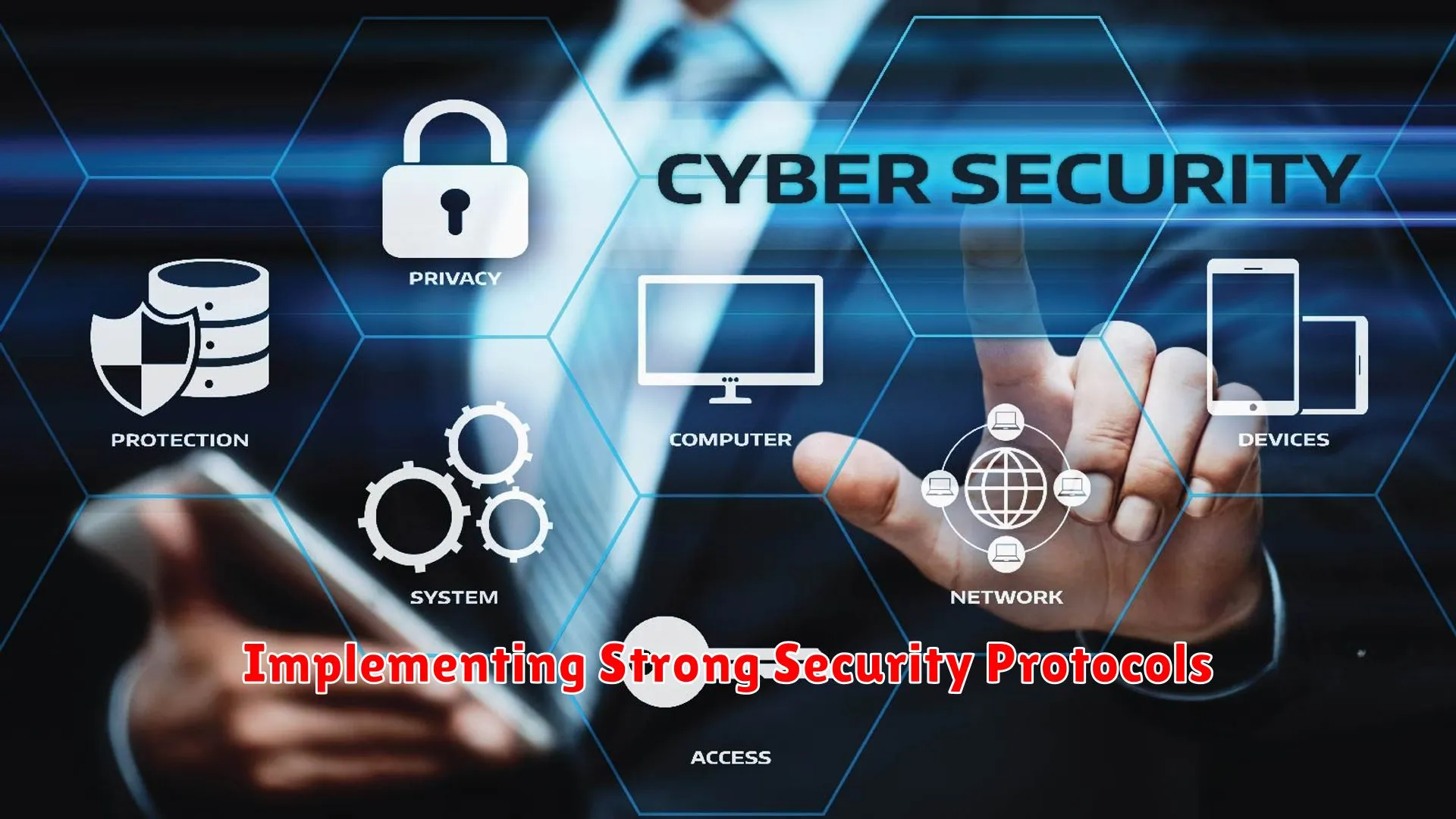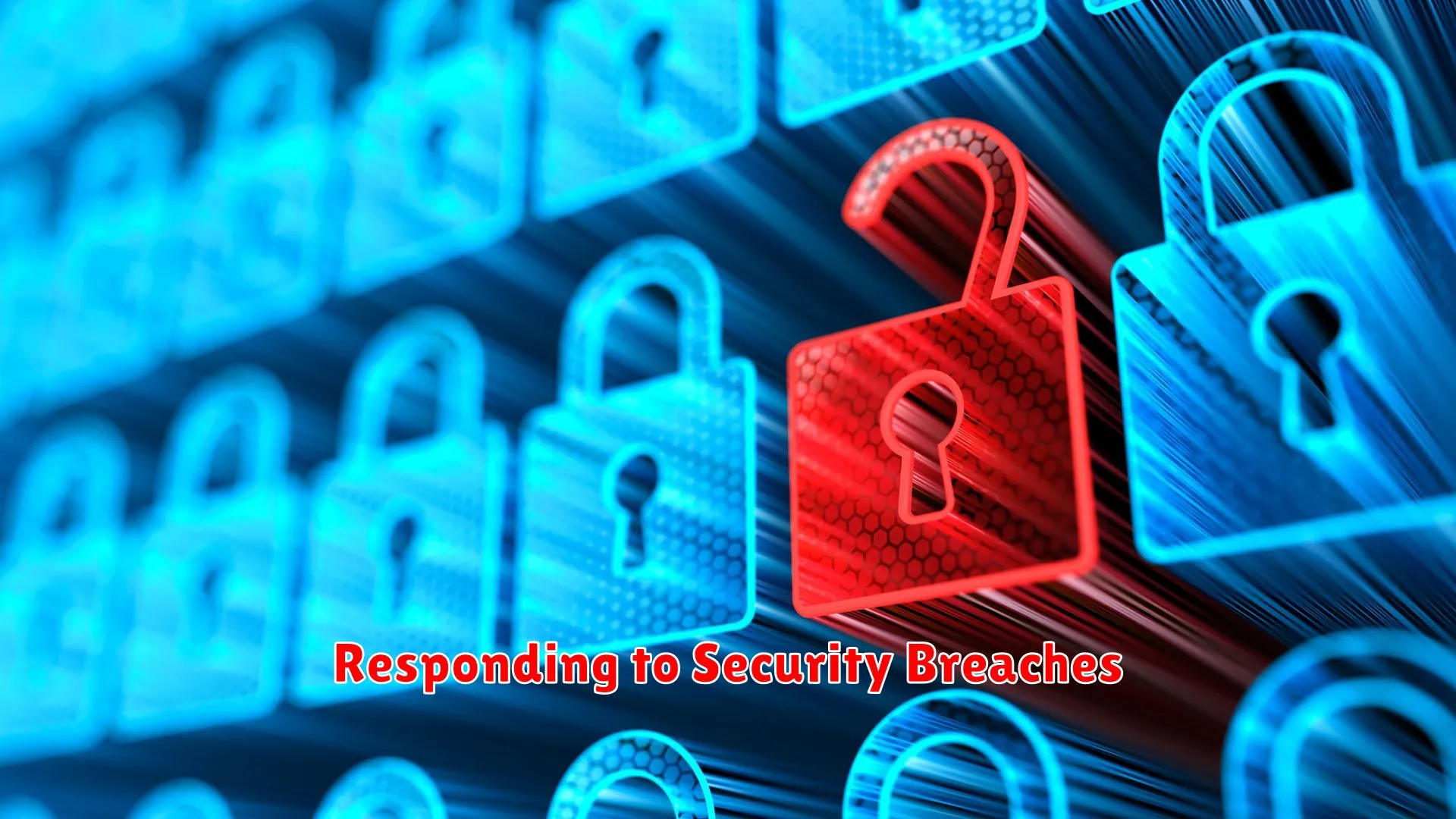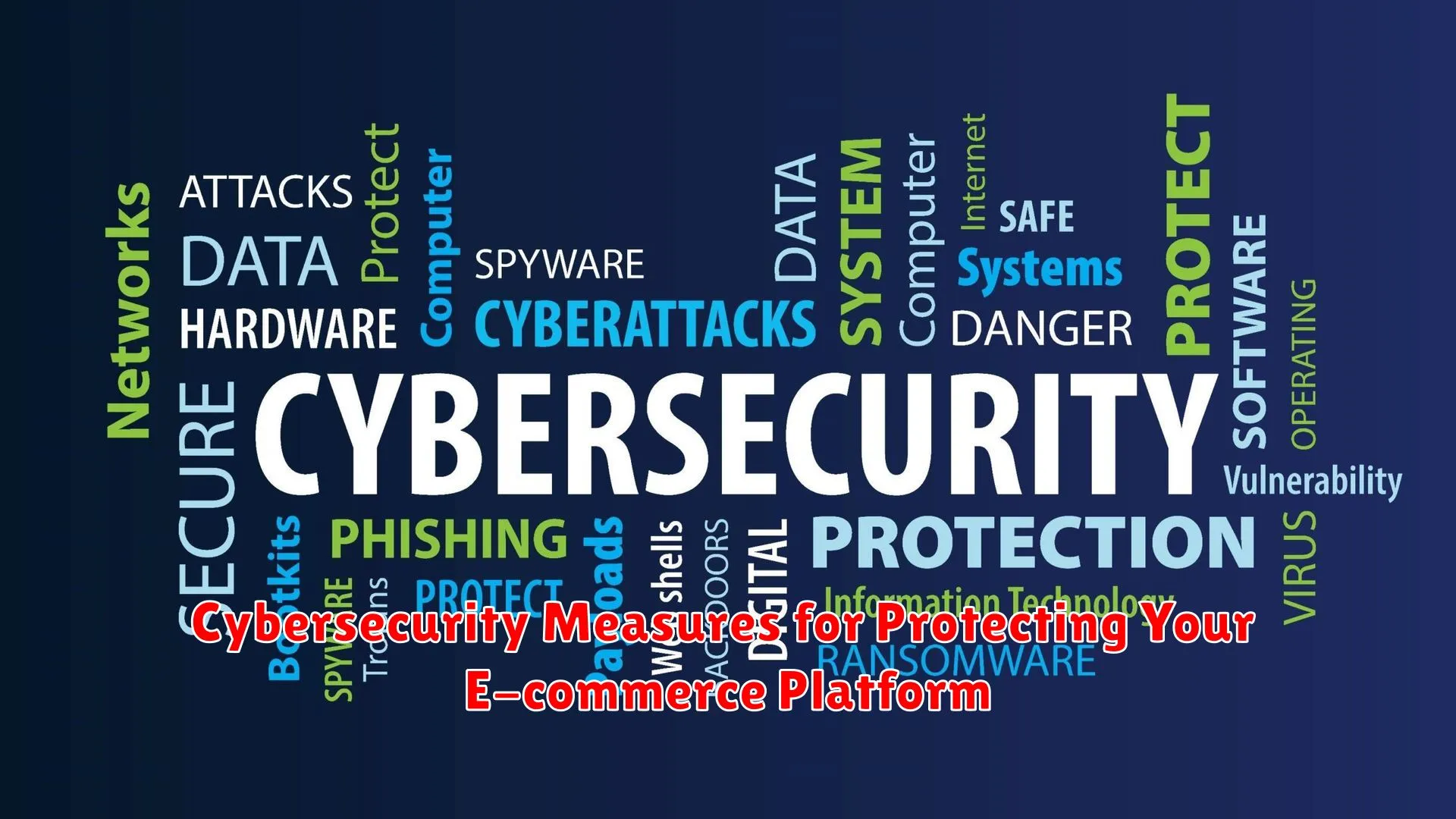In an increasingly digitized world, the protection of your e-commerce platform is vital. Explore essential cybersecurity measures to safeguard your online business from potential threats and ensure the trust and security of your customers.
Identifying Potential Cybersecurity Threats

When it comes to safeguarding your e-commerce platform, one of the critical steps is identifying potential cybersecurity threats that could compromise your system’s integrity. By being aware of these threats, you can proactively address vulnerabilities and strengthen your platform’s defenses.
Common Cybersecurity Threats
Malware: This includes viruses, worms, and ransomware that can infect your system and steal sensitive data.
Phishing Attacks: Cybercriminals may try to trick users into revealing confidential information through deceptive emails or websites.
Denial-of-Service (DoS) Attacks: These attacks aim to overwhelm your system with traffic, causing service disruptions and downtime.
Monitoring and Detection
Implement monitoring tools that can detect unusual activities or unauthorized access attempts on your e-commerce platform.
User Education
Train your employees on cybersecurity best practices to prevent inadvertent data breaches or falling prey to phishing scams.
Regular Security Audits
Conduct regular security audits to assess the effectiveness of your cybersecurity measures and identify areas for improvement.
By staying vigilant and actively identifying potential cybersecurity threats, you can enhance the resilience of your e-commerce platform against evolving cyber threats.
Implementing Strong Security Protocols

When it comes to protecting your e-commerce platform from cyber threats, implementing strong security protocols is crucial. These protocols are essential measures that help safeguard your business, customer data, and online transactions from potential cyber attacks.
1. Encryption
Utilize encryption techniques to secure sensitive information such as customer payment details and personal data. Implementing Secure Socket Layer (SSL) certificates for your website ensures that data transmitted between the server and user is encrypted.
2. Two-Factor Authentication
Require two-factor authentication for accessing sensitive areas of your e-commerce platform. This additional layer of security helps prevent unauthorized access even if login credentials are compromised.
3. Regular Security Audits
Conduct regular security audits to assess the vulnerabilities in your system and address any potential risks. By identifying and fixing security gaps promptly, you can enhance the overall protection of your e-commerce platform.
4. Employee Training
Ensure that employees are trained on cybersecurity best practices and are aware of the importance of strong security protocols. Human error remains a common cause of security breaches, so educating your staff is critical in maintaining a secure environment.
5. Firewalls and Intrusion Detection Systems
Deploy firewalls and intrusion detection systems to monitor network traffic and detect any suspicious activities. These tools act as a barrier against unauthorized access and provide real-time alerts for potential threats.
Regular Security Audits and Updates

Regular security audits and updates are crucial for maintaining the integrity of your e-commerce platform’s cybersecurity measures. These practices play a vital role in safeguarding your online business from potential threats and vulnerabilities.
Security Audits: Conducting routine security audits allows you to identify any weaknesses or gaps in your platform’s defenses. By reviewing your system’s security protocols, you can proactively address any vulnerabilities before they are exploited by cybercriminals.
Stay Updated: Keeping your e-commerce platform updated with the latest security patches and software releases is essential. Technology evolves rapidly, and hackers continuously seek new ways to breach systems. Regular updates help you stay one step ahead and protect your business data and customer information.
Implement Best Practices: Follow industry best practices when it comes to cybersecurity. This includes using strong encryption protocols, implementing multi-factor authentication, and training your staff on security awareness. These measures can significantly enhance the overall security of your e-commerce platform.
Monitor and Respond: Establish monitoring mechanisms to detect any suspicious activities on your platform. In the event of a security breach, having a predefined response plan can help mitigate the damage and restore the integrity of your system quickly.
Educating Customers on Safe Online Shopping Practices

When it comes to running an e-commerce platform, ensuring the security of your customers’ online transactions is paramount. One crucial aspect of safeguarding your e-commerce platform is educating your customers on safe online shopping practices. By providing them with the necessary knowledge and resources, you can empower them to protect their personal and financial information while making purchases online.
Here are some key points to include when educating your customers:
- Use of Strong Passwords: Encourage customers to create strong, unique passwords for their accounts to prevent unauthorized access.
- Two-Factor Authentication: Explain the benefits of using two-factor authentication to add an extra layer of security to their accounts.
- Secure Payment Options: Recommend secure payment methods such as credit cards or reputable third-party payment processors.
- Avoiding Phishing Scams: Teach customers how to recognize and avoid phishing scams that may attempt to steal their personal information.
- Regularly Updating Software: Emphasize the importance of keeping their devices and software up to date to address any security vulnerabilities.
By educating your customers on these safe online shopping practices, you not only protect their sensitive data but also build trust and confidence in your e-commerce platform. Remember, an informed customer is an empowered customer in the digital world of online shopping.
Responding to Security Breaches

Security breaches are a critical threat to the integrity of your e-commerce platform. When faced with a security breach, it’s essential to act swiftly and effectively in response to mitigate any potential damage. Here are some key steps to take when responding to security breaches:
1. Identify the Breach
The first step is to identify and understand the nature and scope of the security breach. Conduct a thorough investigation to determine how the breach occurred, what data may have been compromised, and which systems are affected.
2. Contain the Breach
Once the breach is identified, immediate action is necessary to contain it. Disable affected systems, close off entry points for hackers, and prevent further unauthorized access to sensitive data.
3. Notify Relevant Parties
Communication is key in responding to a security breach. Notify all relevant parties, including customers, stakeholders, and regulatory authorities, about the breach and the steps being taken to address it. Transparency is crucial in maintaining trust.
4. Implement Security Updates
After containing the breach, assess your platform’s security vulnerabilities and implement necessary security updates and patches to prevent future breaches. Regularly review and enhance your cybersecurity measures.
5. Monitor and Learn
Continuously monitor your e-commerce platform for any suspicious activities and anomalies. Learn from the breach incident to strengthen your security protocols and response strategies for better preparedness in the future.
Conclusion
In conclusion, implementing robust cybersecurity measures is crucial to safeguarding your e-commerce platform from cyber threats and ensuring the protection of sensitive customer data.

